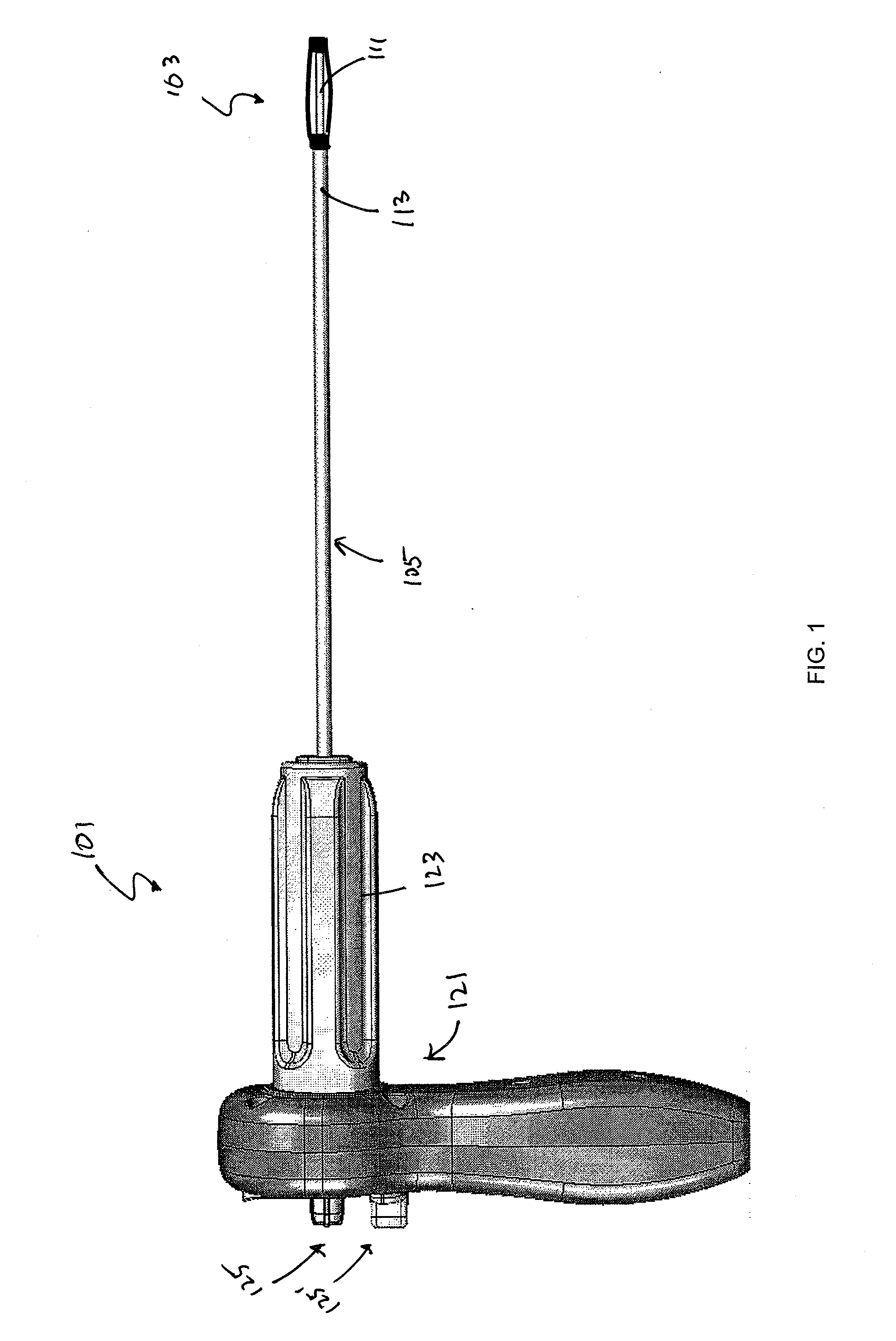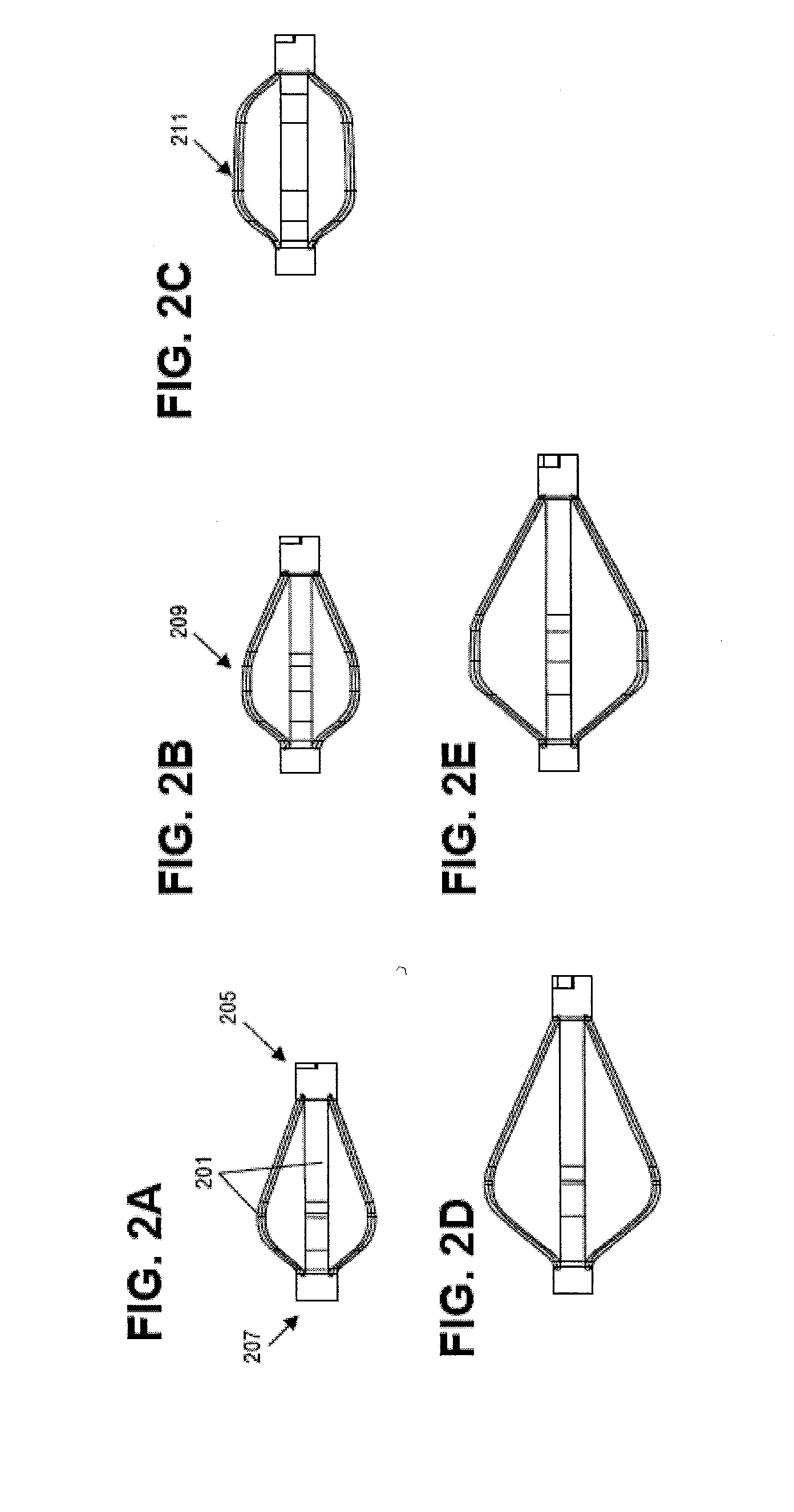Controlled deployment handles for bone stabilization devices
- Summary
- Abstract
- Description
- Claims
- Application Information
AI Technical Summary
Benefits of technology
Problems solved by technology
Method used
Image
Examples
Embodiment Construction
[0079]The devices, systems and methods described herein may aid in the treatment of fractures and microarchitetcture deterioration of bone tissue, including vertebral compression fractures (“VCFs”). The implantable stabilization devices described herein (which may be referred to as “implants,”“stabilization devices,” or simply “devices”) may help restore and / or augment bone. Thus, the stabilization devices described herein may be used to treat pathologies or injuries. For purposes of illustration, many of the devices, systems and methods described herein are shown with reference to the spine. However, these devices, systems and methods may be used in any appropriate body region, particularly bony regions. For example, the methods, devices and systems described herein may be used to treat hip bones.
[0080]In general, the devices and systems described are rotary handles and systems including rotary handles for the insertion and / or removal of one or more bone stabilization devices. The ...
PUM
 Login to View More
Login to View More Abstract
Description
Claims
Application Information
 Login to View More
Login to View More - R&D
- Intellectual Property
- Life Sciences
- Materials
- Tech Scout
- Unparalleled Data Quality
- Higher Quality Content
- 60% Fewer Hallucinations
Browse by: Latest US Patents, China's latest patents, Technical Efficacy Thesaurus, Application Domain, Technology Topic, Popular Technical Reports.
© 2025 PatSnap. All rights reserved.Legal|Privacy policy|Modern Slavery Act Transparency Statement|Sitemap|About US| Contact US: help@patsnap.com



